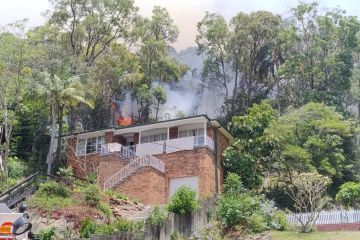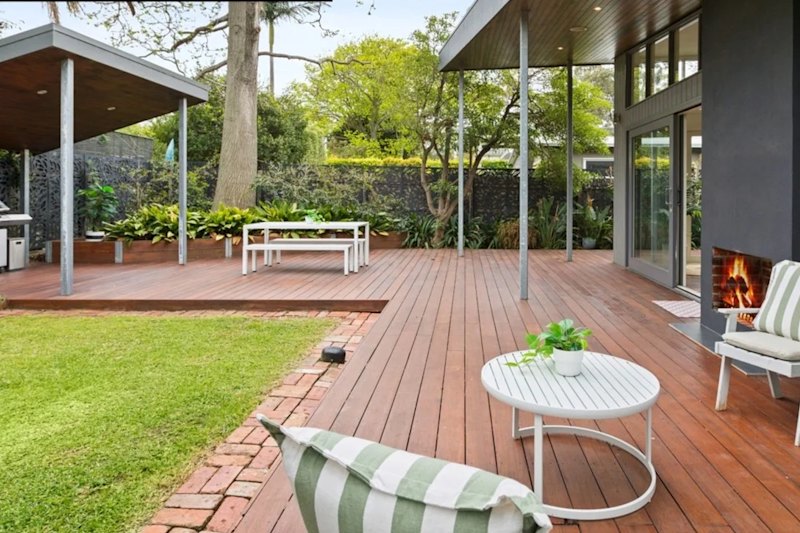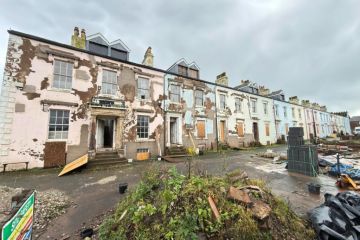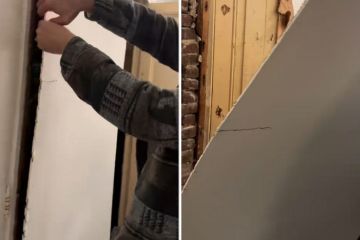Twenty years of The Block: What did property prices look like in 2003 when it started?
It was 2003 when the first episode of The Block aired. John Howard was the long-serving prime minister, Australia’s population was yet to crack the 20 million mark, the Black Eyed Peas were dominating the pop charts and the median house price across the capital cities was $339,670.
Fast-forward two decades, we’ve been through six prime ministers, our population has ballooned to 26 million and the median price for a house in a major city is $1.02 million. (Oh, and the Black Eyes Peas are still performing – albeit without Fergie.)
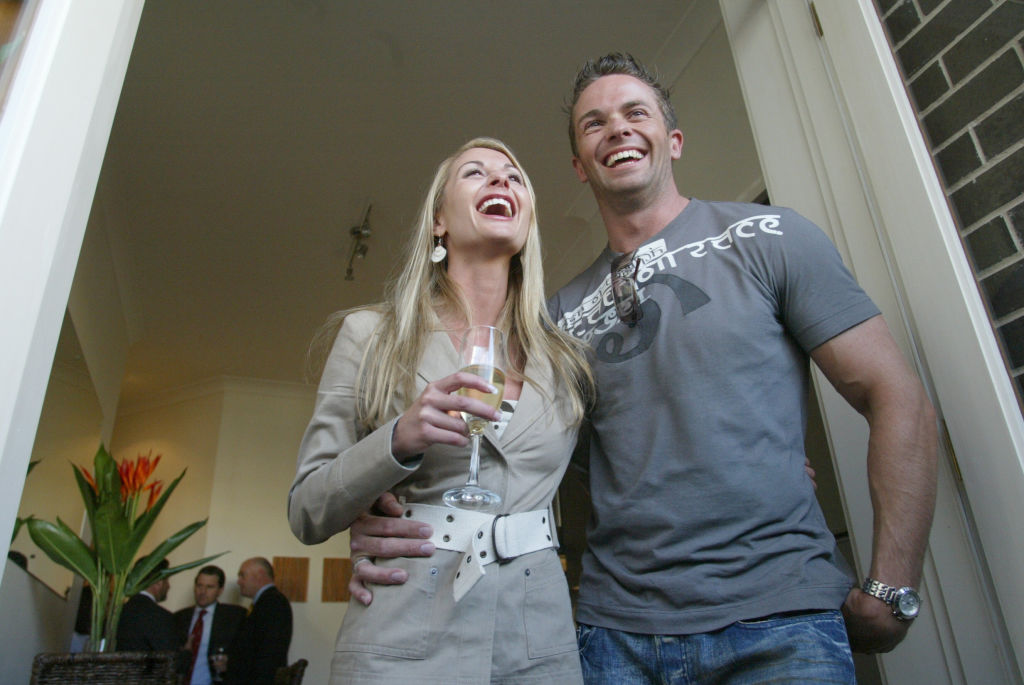
The Australian property market has taken some major twists and turns over the past 20 years, heavily shaped by the global financial crisis of 2009, followed by an extensive period of historically low interest rates, strong population growth and, of course, the recent pandemic.
In 2003, the most expensive city in which to buy a home was Sydney, where the median house price sat at $516,000 in the June quarter, according to Domain data. It was significantly cheaper in Canberra ($347,000) and Melbourne ($314,000), while Hobart trailed the pack on $159,000.
| Capital | Mar-2003 | Jun-2003 | Mar-2023 |
| Sydney | $ 497,178 | $ 516,200 | $ 1,459,856 |
| Melbourne | $ 300,047 | $ 314,418 | $ 1,023,116 |
| Brisbane | $ 230,076 | $ 248,617 | $ 805,818 |
| Adelaide | $ 232,103 | $ 250,088 | $ 795,364 |
| Canberra | $ 323,119 | $ 347,823 | $ 1,047,112 |
| Perth | $ 246,139 | $ 259,122 | $ 672,177 |
| Hobart | $ 143,173 | $ 159,226 | $ 689,127 |
| Darwin | $ 205,740 | $ 212,109 | $ 623,600 |
| National | $ 322,935 | $ 339,673 | $ 1,020,191 |
In regional Australia, the national median house price was $184,500, compared to $570,000 today.
The first season of The Block was filmed in Bondi, where contestants renovated and sold two-bedroom apartments with a reserve price of $595,000. At the time, Sydney’s median apartment price was $363,000. It’s now $758,000.
Real estate agent and veteran auctioneer David Wood of Belle Property said buying and selling property was now a “more considered decision”.
| Mar-03 | Jun-03 | Mar-23 | |
| Rest of NSW | $220,000 | $230,000 | $725,000 |
| Rest of VIC | $165,000 | $173,000 | $576,000 |
| Rest of QLD | $160,000 | $165,000 | $480,000 |
| Rest of SA | $135,000 | $136,000 | $396,000 |
| Rest of WA | $152,750 | $154,500 | $443,000 |
| Rest of TAS | $92,000 | $102,000 | $520,000 |
| Rest of NT | $176,000 | $175,000 | $514,500 |
| National – Regional | $177,908 | $184,527 | $570,073 |
“Today it’s a much bigger decision for people because of the amount of money it costs,” he said. “Compared to what it was in 2003, the average property price compared to the average wage is substantially higher.”
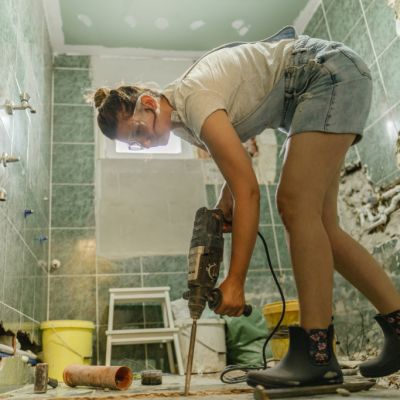 Budget blowouts: How to manage your money when renovating
Budget blowouts: How to manage your money when renovating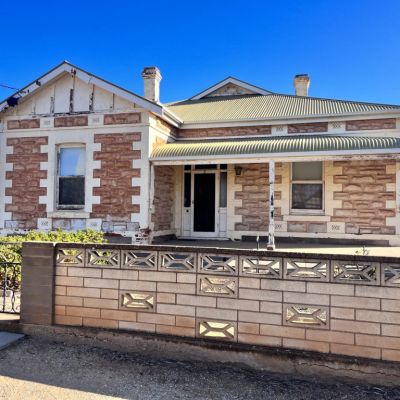 Prices in this Aussie country town have risen by 45 per cent over the past year. The median house is still only $145,000
Prices in this Aussie country town have risen by 45 per cent over the past year. The median house is still only $145,000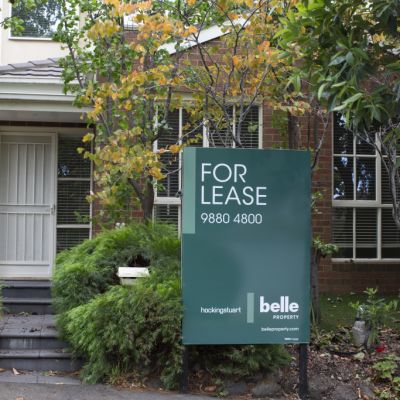 The easiest places in which to rent in Australia: The (small) list of postcodes where tenants have the upper hand
The easiest places in which to rent in Australia: The (small) list of postcodes where tenants have the upper hand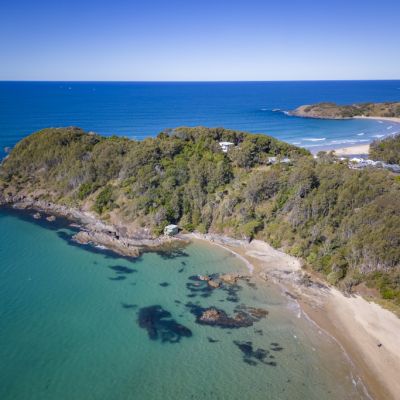 'The price could be anything': Guess how much for this fixer-upper on a private beach headland
'The price could be anything': Guess how much for this fixer-upper on a private beach headland
So, do fewer Aussies own property than they did two decades ago?
Home ownership and costs
Home ownership has only fallen slightly since the turn of the century, when 69 per cent of households in Australia owned their dwellings. This was down to 67 per cent in the 2021 census, but there was a noticeable decline in the proportion of Australians under the age of 40 buying a home.
According to the ABS, 48 per cent of home owners had a mortgage in 2002-2003 and the median loan amount outstanding was $96,000. The average weekly cost for the mortgage and property rates was $246.
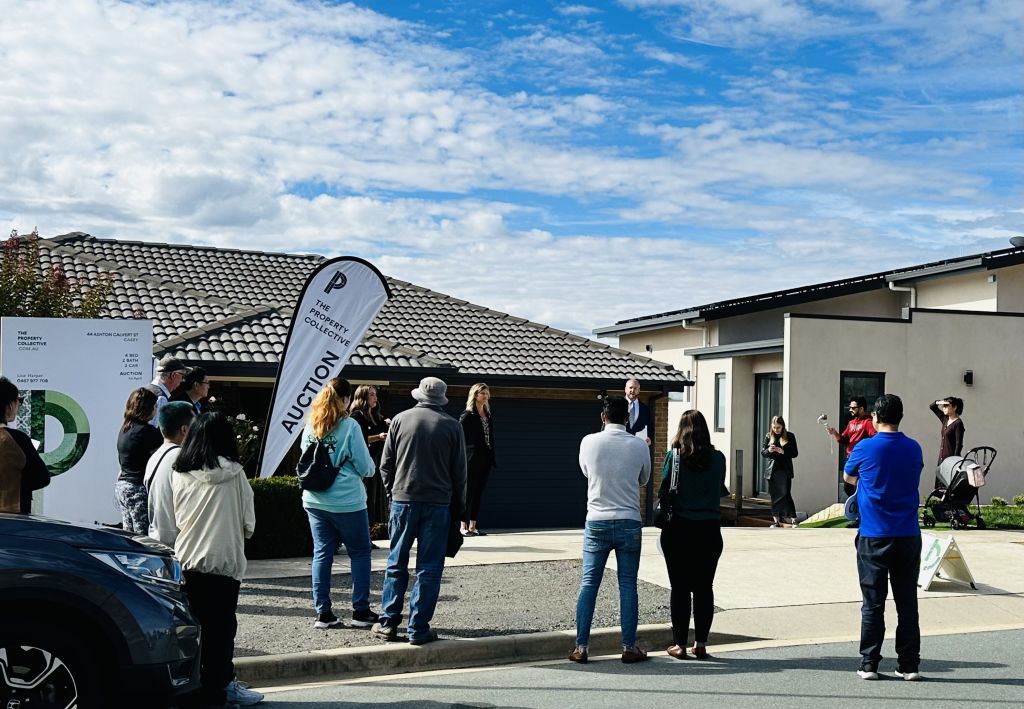
Now, roughly 53 per cent of home owners have a mortgage, and the latest data from the ABS pegged the average mortgage for owner-occupiers at $580,000 in mid-2022.
The average weekly housing costs for mortgage holders had risen to $493 by 2020 but it’s likely to be substantially higher now, given interest rates have since climbed.
Bigger is not always better
According to the ABS, the average floor area of new homes in 2023 was 232 square metres, and it was a similar size 20 years ago. It peaked in 2008 at 252 square metres.
There has been a size variation across states and territories, with new homes in the ACT reaching an average floor size of 259 square metres, increasing by almost 30 square metres since 2002.
Tasmania has the smallest average floor size in new builds – just 182 square metres.
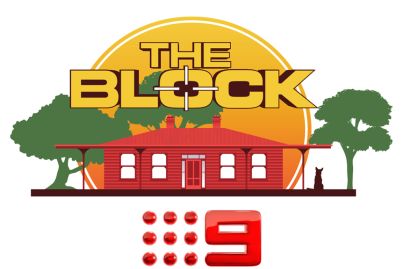

Alice Stolz, Domain’s national managing editor and a regular expert on The Block said bigger was not always better in the property market.
“Over time at The Block, they’ve stretched into these monstrous-sized properties,” she said, adding that, while the latest season still features family-sized homes, the floor plans are more moderate than before.
“They’re not small but it shows you don’t need to live on a massive footprint to have all the bells and whistles,” Stolz says. “You can get smaller houses that pack a lot of punch.”
Renovating is expensive but we still love DIY
Our national obsession with property and renovation explains The Block’s longevity on our television screens, but it has undoubtedly become much more costly to build and renovate since 2003.
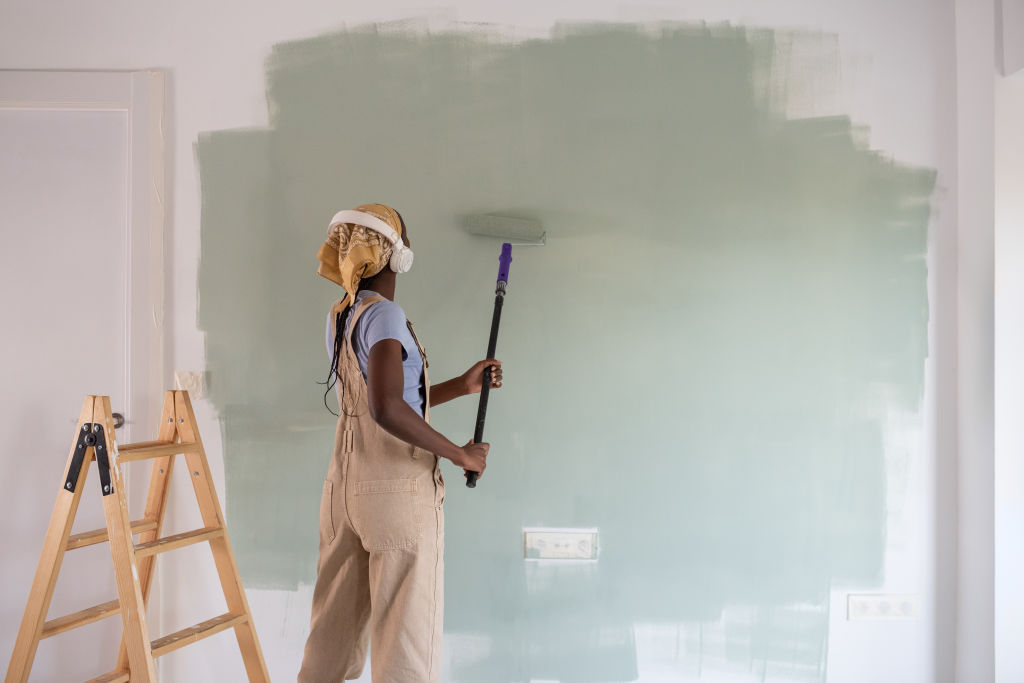
So have we fallen out of love with the fixer-upper? “I don’t think that is waning,” Stolz said. “We are a national of perennial renovators. There’s one big reason: affordability.
Consumers are now more empowered
In the last two decades, property data and free educational materials have become much more readily available. “As a nation, we have become a lot more knowledgeable about property,” Stolz said.
Buyers have vast resources at their fingertips, such as previous sales histories and detailed insights into particular neighbourhoods.
“It used to be that the agent was the fountain of knowledge,” she said. “Consumers are much more empowered now.”
We recommend
We thought you might like
States
Capital Cities
Capital Cities - Rentals
Popular Areas
Allhomes
More
- © 2025, CoStar Group Inc.
